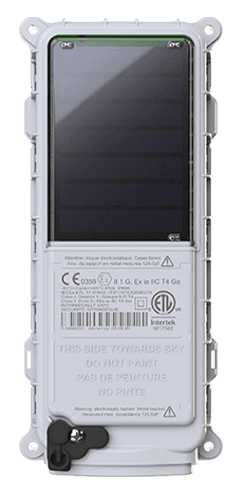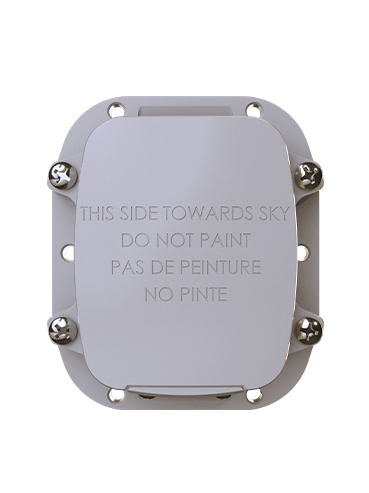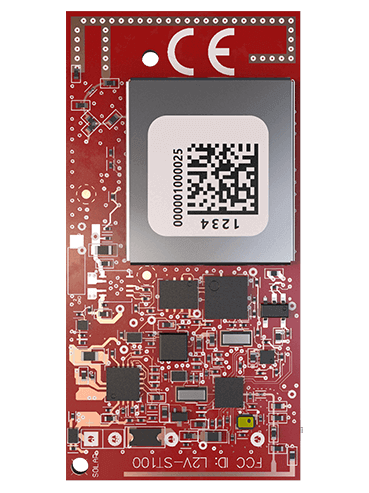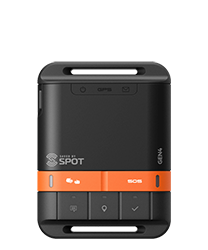Using Satellites to Turn IoT Data into High Value Insights
The transport and logistics industry has taken great strides in terms of understanding the benefits of the ability to track and monitor assets and cargo. There is now widespread acknowledgement of the operational value that can be derived from having an accurate understanding of the location and status of high-value fixed and movable assets, including road vehicle fleets, sea-faring vessels as well as tank cars and containers. Furthermore, any asset can yield a far higher return on investment over its lifecycle when it is intelligently managed; productivity is maximized, and downtime is minimized.
The transport and logistics industry has taken great strides in terms of understanding the benefits of the ability to track and monitor assets and cargo.
Additionally, security and safety are enhanced thanks to IoT, and supply chain relationships dramatically improve when delivery times can be more accurately predicted.
While the need for investment in satellite-enabled asset tracking technology is now more generally accepted, the next challenge is turning the data enabled by today’s asset tracking solutions into a new business opportunity by identifying exactly what the goals of these technology deployments are.
The most basic function is enabling the user to follow dots on a map to predict when cargo will arrive at a port. But that is just a drop in the ocean compared to the potential business value that can be realised from analysing the granular information harvested from innovative asset tracking solutions.
Thanks to the burgeoning data lakes from the Internet of Things, everyone is talking about Big Data today. It is a true phenomenon which has led to the emergence of an entirely new class of organisation, namely the business analytics specialists whose stock in trade is to capture, understand and interpret masses of data. The overarching role that these new-era, often start-up companies perform is to digest and process IoT data and to deliver actionable information to users.
These new era data alchemists develop algorithms that inspect vast amounts of data to spot patterns and trends. The result is meaningful, understandable insights, which provide direction and encourage fast, smart decision-making. But the communication means to deliver this data from IoT devices needs to be ultra-reliable, and constant.
As a result, many organisations in the logistics and transport sector have embarked on a steep and sudden learning curve: they are absorbing the language of Big Data and the technologies that underpin it.
To ensure data streams are true, robust and complete – in order for the analytics specialists to be able to reliably make accurate and trustworthy predictions – transmissions from the IoT devices need to be ubiquitous and uninterrupted. This presents challenges when you are tracking a container making its way across the globe.
Many of us will have personally experienced the frustration of data transmission interruption: for example if you are watching Netflix and your Wi-Fi falters.
When you are transmitting data to monitor a worldwide fleet of cargo vessels, the consequences are rather more serious than a minor nuisance.
A variety of technologies and solutions exist in the market today which promise always-on low-power tracking capability for assets and cargo. These are based on a range of distribution technologies including GSM and proprietary radio and local or wide area network (LAN/WAN) based product offerings.
However only by employing satellite communications can users be sure that the connectivity with their shipments and the assets which convey them will be uninterrupted, whatever the weather or environment, and even when the items travel beyond regions of reliable GSM reach.
Additional cost savings with solar power
Transport and logistics providers quite understandably crunch and re-crunch the numbers when it comes to deciding to invest in smart asset tracking technologies. Many factors play a role in these calculations, but top of the list of requirements are energy economy and low maintenance. The financial case can be transformed with the introduction of solar powered technology. With asset tracking and monitoring enabled by solar power, such as the new SmartOne Solar device, batteries can last up to eight years without a recharge.
Tracker maintenance, particularly to replace batteries, is a factor in any deployment. By using solar power as an energy source, maintenance costs fall dramatically, accelerating the return on investment. Solar power is a true game changer and will make affordable world-class ubiquitous asset tracking a reality for more users than ever before possible.
There is a good reason why everyone’s talking about Big Data - that’s because there’s a wealth of data out in the field that can be used for faster, smarter decision-making to transform a business and even the whole supply chain.
With smart satellite tracking technology, generating rich, informative data transmissions, at the heart of an ultra low maintenance ultra energy-efficient platform, the Big Data dream can come true.
 SmartOne Solar
SmartOne Solar SmartOne C
SmartOne C ST100
ST100 STX3
STX3 STX3 Dev Kit
STX3 Dev Kit SPOT X
SPOT X SPOT Gen4
SPOT Gen4 SPOT Trace
SPOT Trace